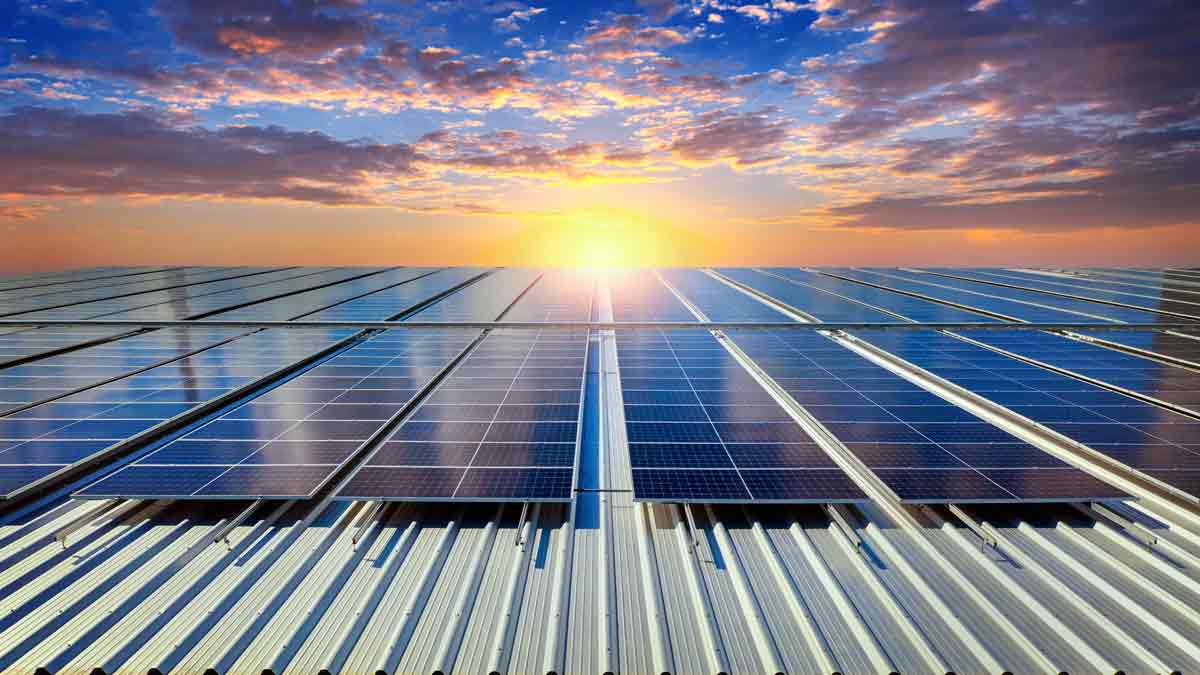As the world grapples with the challenges of climate change and energy sustainability, innovative solutions are increasingly being sought. One of the most promising ideas is harnessing the vast, sun-drenched expanse of the Sahara Desert. Recent studies suggest that by covering just 1.2% of this massive desert with solar panels, we could generate enough electricity to meet the global energy demands.
The concept of utilizing solar energy from the Sahara is not just theoretical. Studies indicate that the desert receives an average of about 2,000 kilowatt-hours of solar energy per square meter annually. This immense energy potential could be harvested to produce electricity not only for local use but also for global distribution.
Advancements in solar technology have made it increasingly feasible to deploy large-scale solar projects. Innovations such as more efficient solar panels and energy storage systems have improved the viability of utilizing solar energy in remote locations. Additionally, developments in smart grid technology could facilitate the transmission of electricity generated in the Sahara to distant regions, effectively connecting energy-rich areas with energy-poor ones.
While the potential benefits are enormous, there are challenges to consider. Infrastructure development in remote desert areas can be logistically complex and costly. Political stability and cooperation among countries in the region will also be crucial for the success of such large-scale projects.